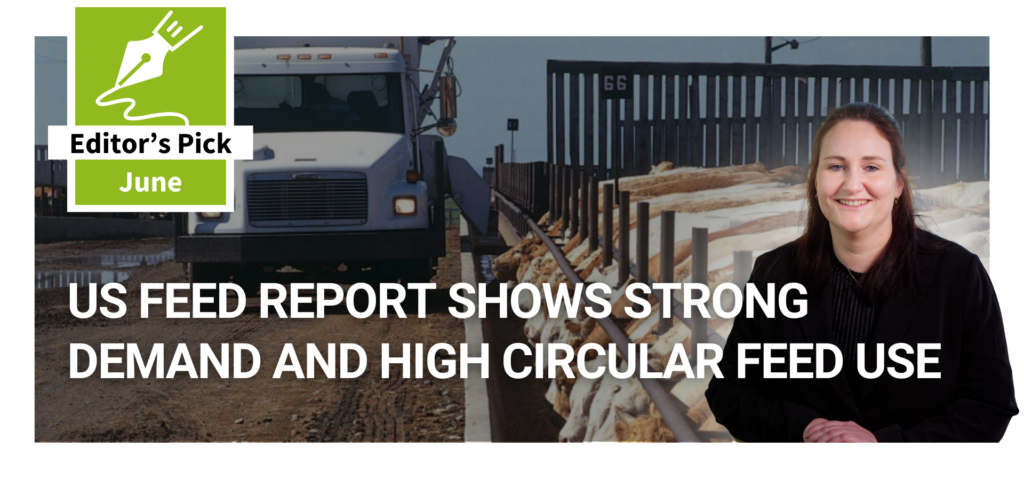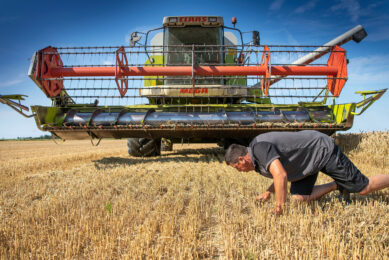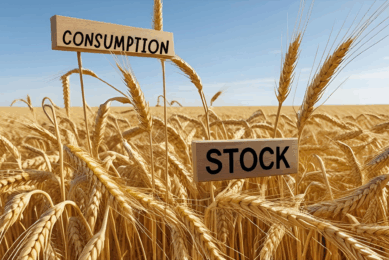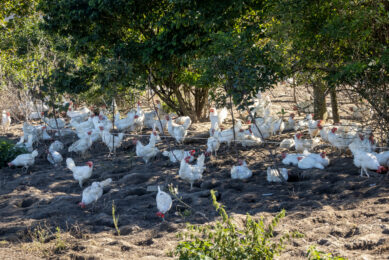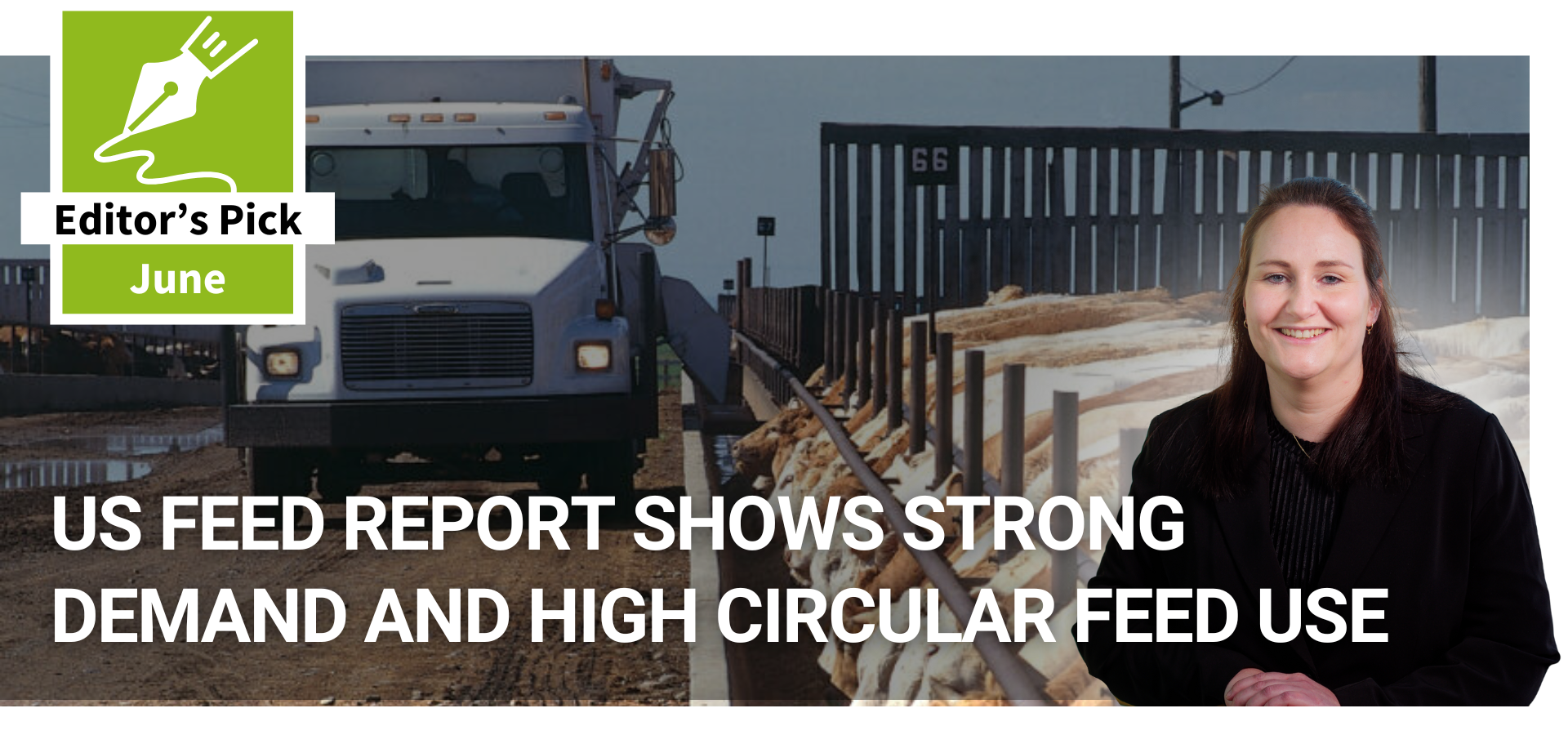Global animal feed production bounced back in 2024
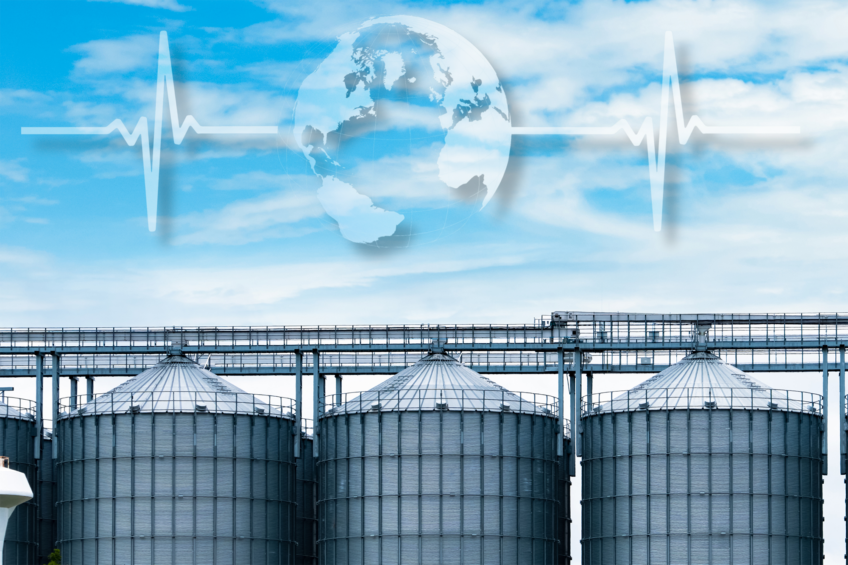
Increasing global demand for poultry helped boost world animal feed production last year, which grew by 1.2% to 1,396 billion metric tonnes.
Despite the ongoing issues posed by high pathogenic avian influenza, economic uncertainties and climate fluctuations, figures released by Alltech in its Agri-Food Outlook showed animal feed production rising from 1,380 bn mt in 2023.
The annual survey, based on data from 142 countries and 28,235 feed mills, found that the top 4 countries (China, United States, Brazil and India) produced more than half of the world’s feed (52%).
Taking into account the next 6 largest feed producers (Mexico, Russia, Spain, Vietnam, Turkey and Japan), the top 10 nations produced nearly two thirds of all animal feed (65.6%)
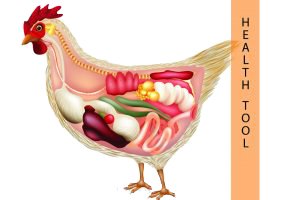
Poultry – Growth Areas
Consumer desire for protein rich cheap poultry continues to drive up production and in turn broiler feed. Broiler feed rose by 1.8% to 385.4 million mt, accounting for 27.6% of the total feed tonnage in the world.
With red meat prices surging, affordability drove demand in both Asia-Pacific and Latin America, but rising incomes in parts of Africa also boosted growth. Alltech believes that although HPAI will continue to be persistent, feed volumes are likely to rise moderately due to the meat’s affordability and export opportunities.
The layer sector also saw growth, but perhaps lower than envisaged at 1.4% to 173 m mt in 2024. This was partly due to disease, which led to flock reductions in North America but also oversupply in some regions.
There were volumes gains however in Asia-Pacific as consumer favoured eggs as a cheaper protein option, while healthy demand continued last year in Africa and Latin America.
The future is less certain and for some regions may depend on the development and uptake of vaccines against HPAI and improved biosecurity measures to mitigate bird losses.
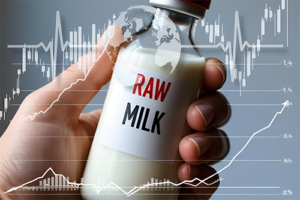
Dairy – Substantial growth
Favourable milk prices during 2024 but also a hastening shift towards more intensive farming practices, along with robust consumer demand, all helped boost dairy feed tonnage by 3.2% to 165,500 m mt.
The largest areas of growth were in Asia-Pacific, Europe, Africa and Latin America, while dairy production in the United States was comparatively static. Oceania’s reliance on abundant pasture led to a slight dip in its feed tonnage.
Alltech said it believed there was strong growth potential and resilience for the global dairy sector, adding that the modernisation and intensification of production and higher milk yields would foster further increases. The one caveat it raised was potential lower farmgate prices in China could limit overall global gains.
Pigs – small downturn
Downturns in the Africa, Middle East, Asia-Pacific and Oceania markets meant an overall reduction in global food production of 0.6% in 2024 to 369.3m mt even though there was growth in the European, Latin American and North American markets.
The trends were partly dictated by recovery from African Swine Fever (ASF). Survey respondents showed the highest amount of pessimism among all feed sectors for the future.
Alltech said proper disease management and stabilised feed costs will be critical for the pig feed sector to achieve growth worldwide.
Aquaculture – large regional differences
Large regional divergences among aquaculture feed production affected the sector last year.
Global feed production for the aquaculture sector declined slightly, by 1.1%, in 2024 to 52.966 million mt, continuing a downward trend for the sector that first emerged in 2023.
This statistic, however, conceals considerable regional divergence, including gains in Latin America, Africa and Europe. Unfortunately, the considerable decreases in Asia-Pacific and North America due to disease challenges, extreme weather events, cost pressures and low market prices weighed down the entire sector.
Looking ahead, aquaculture is positioned to strengthen slowly, but this recovery will likely remain uneven across regions. Potential rebounds in shrimp and finfish production in Asia-Pacific will depend on stabilised prices and biosecurity improvements.
Latin America and Africa could continue their upward trajectories, and momentum around alternative feed ingredients in Europe is expected to pick up steam as regulatory frameworks and consumer demand increasingly emphasize sustainability.
Beef – exports help the market rise
Beef feed tonnage rose from 131.6 million mt in 2023 to 134.1 million mt in 2024, reflecting a global increase of 1.8%. North America, Latin America, Africa, Europe and Oceania all recorded gains thanks to a rise in demand for beef exports due to tight supply elsewhere around the world.
Additionally, scarce forages in parts of North America, Latin America and Australia drove cattle producers to rely more heavily on commercial feeds. The decline in beef feed tonnage seen in Asia-Pacific and the Middle East was attributed to oversupply and lower prices.
Pet Food – fastest growing sector
The sector remains one of the fastest growing in the world.
Pet food tonnage increased by 4.5% to 37.692 million mt in 2024, fuelled by continued trends toward premiumisation (including functional diets and the “humanisation” of pets), expanded pet ownership and continued innovation in the sector’s product offerings. Africa saw the largest percentage jump (of 60%), albeit from a low baseline, and Asia-Pacific’s double-digit gains underscore the surge in pet adoption and premium diets in developing regions.



